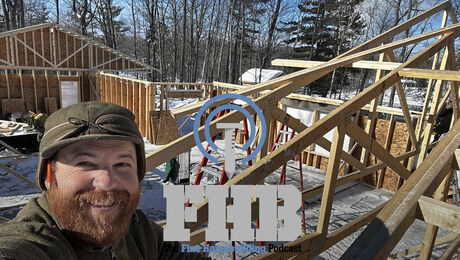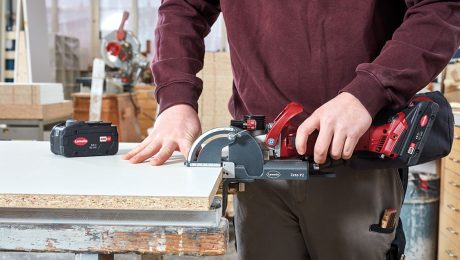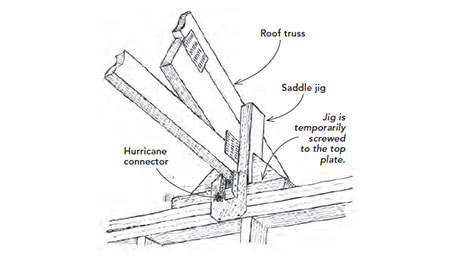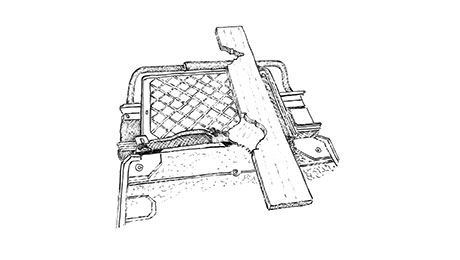2 Methods for Patching a Hardwood Floor
Learn professional techniques for evaluating damaged flooring, removing individual boards, and installing seamless repair patches.

Synopsis: Brent Kelosky, a wood flooring specialist, describes two ways to replace a damaged section of hardwood floor. If the damage is through the entire board, the fix requires removing the damaged piece down to the subfloor with a router; if the board is not damaged all the way through, it’s possible to use a template to remove the top layer and install a replacement cap. In either case, Kelosky explains how to remove the damaged section and install the replacement piece to hide the repair as completely as possible.
My father started our family business, Wood Floor Designs, more than three decades ago. I’ve helped him manage it for the past 26 years. In that time, we’ve completed hundreds of floor patches. The hardest part of any patch job is finding a replacement board to match the floor—it needs to be the same species and equal in size, thickness, and grain. There are times when you can hide a repair completely, and other times when it might be more visible, but it need not stand out like a sore thumb. No matter the wood (here we’re working with plain-sawn red oak), we use one of two repair – one requires a circular saw, and the other a router. The choice depends on how deep the damage goes.
Remove the board down the subfloor
If you know there’s rot, it’s best to cut out the section of board in its entirety down to the substrate. Termite damage and holes are also good reasons to remove the entire piece. You want to install boards as flush as possible, even if you are going to sand, but it’s better if the new board is a little proud than if it sinks below the surrounding boards. If the floor has been finished already, you will need to spend extra time ensuring the thickness of the new board is an exact match, and set it with precision.
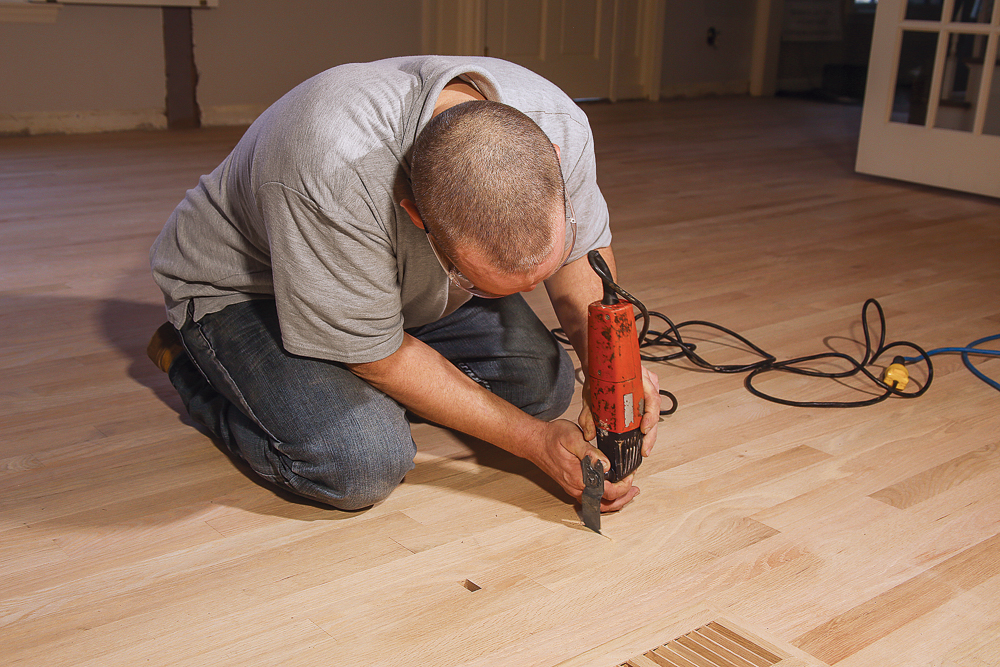
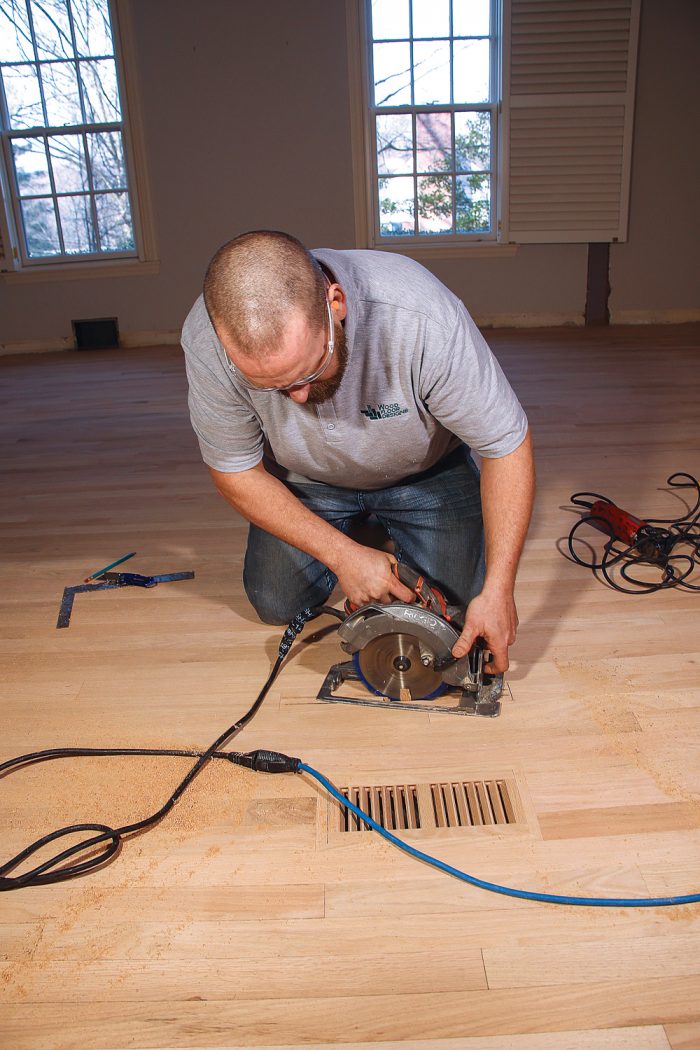
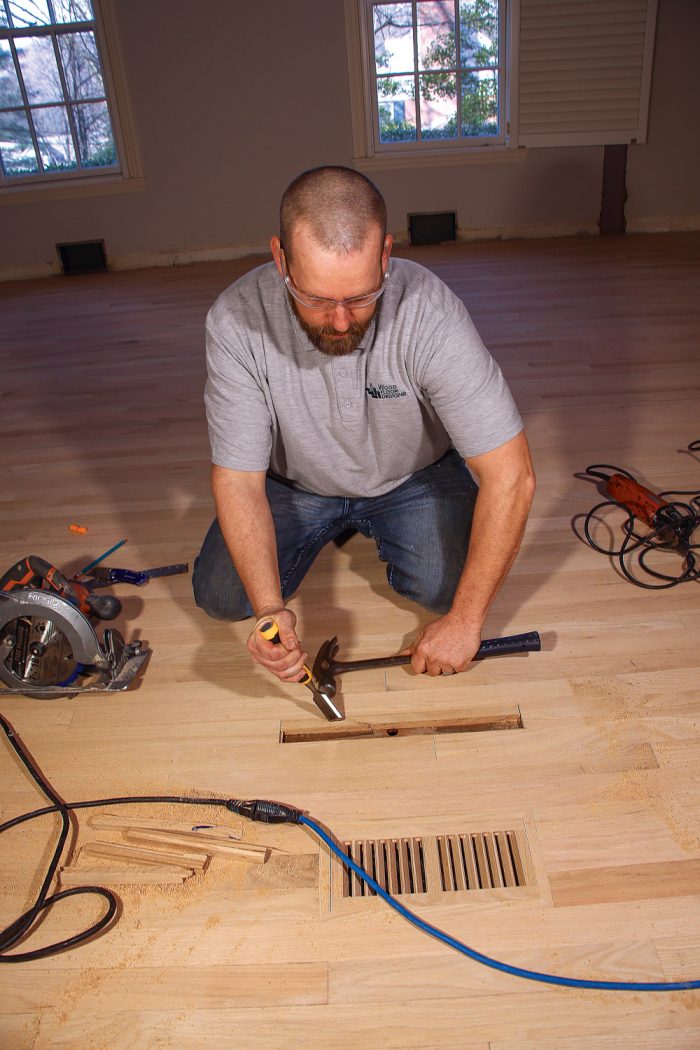
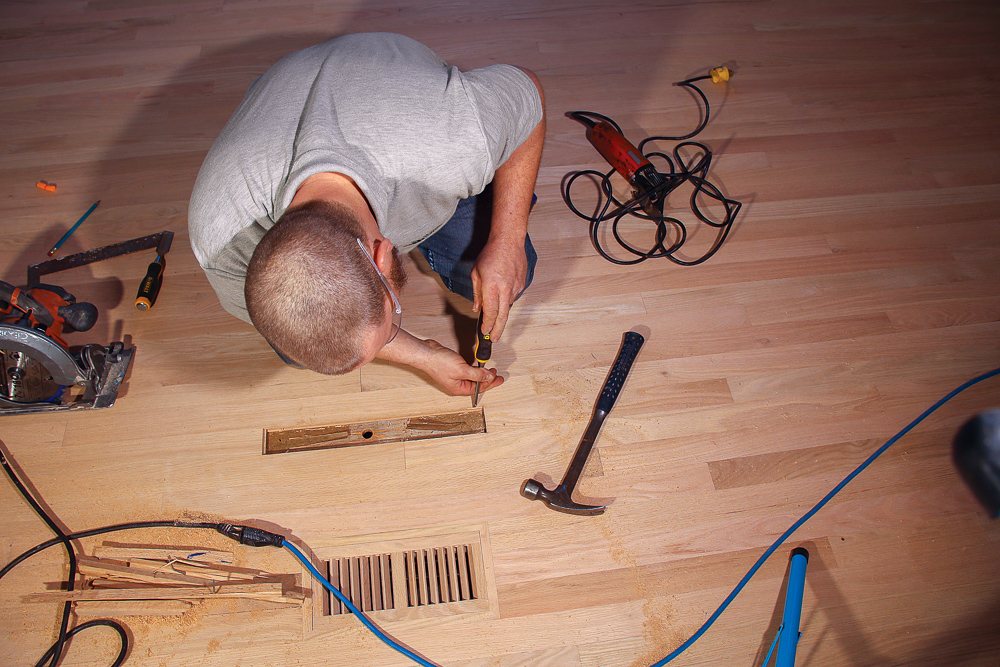
Install the new board
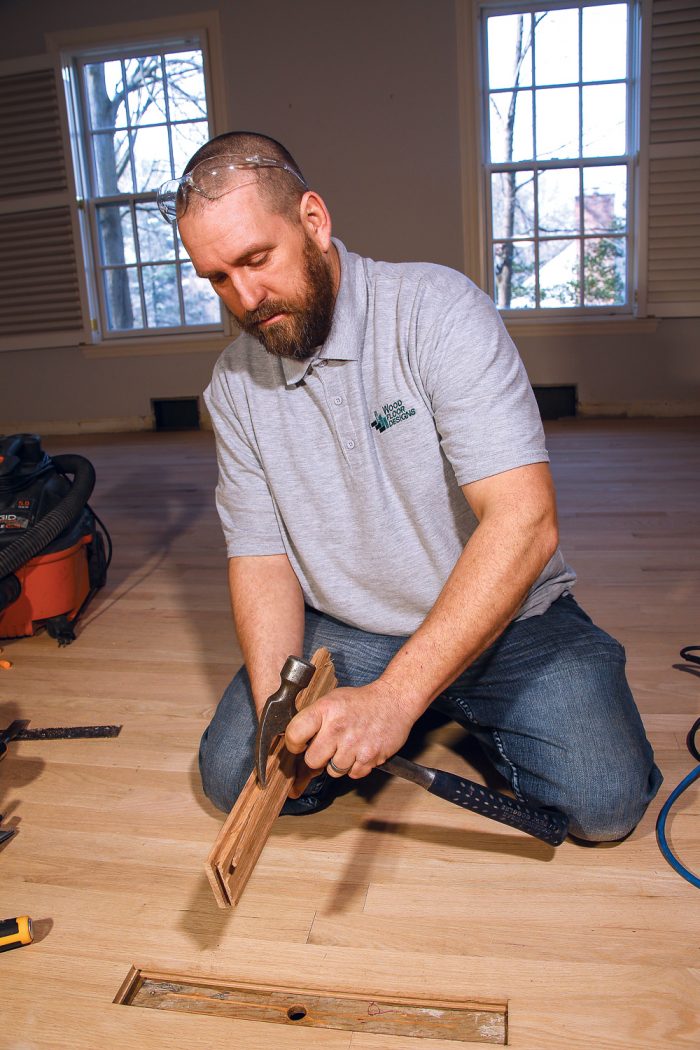
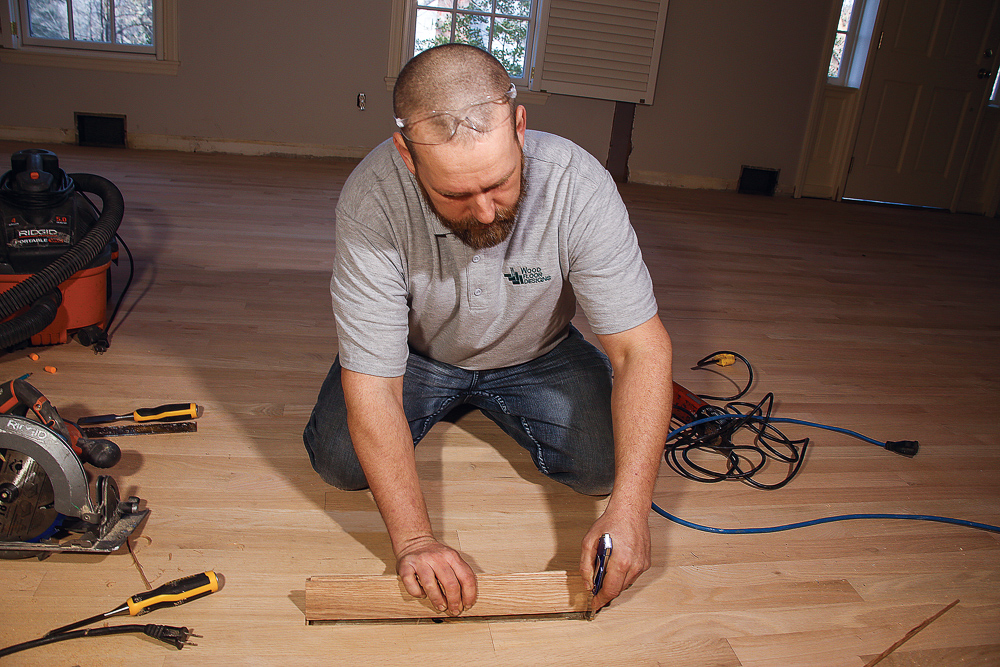

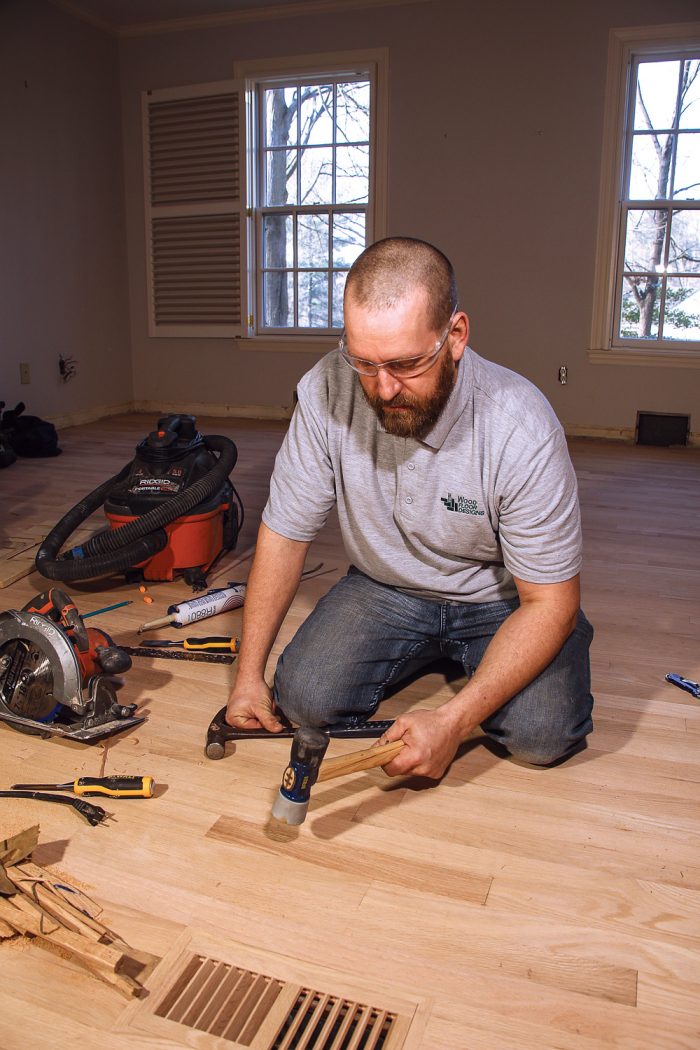
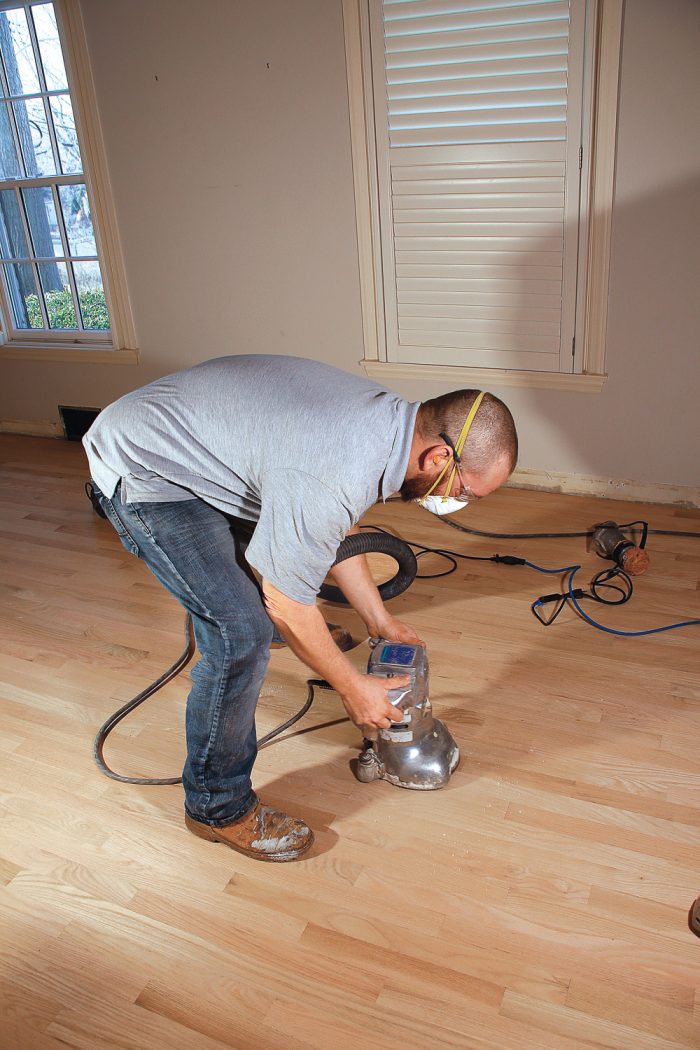
Another approach: Take the top off
If the board is not damaged all the way through, another repair option is to use a router to remove the top wear layer. With this method, the original plank stays anchored to the floor and substrate, and gets a shallow mortise to receive a replacement cap. This approach calls for a 1⁄4-in.-thick piece—resawn or planed down from a full-thickness board. If you use this method with prefinished flooring, you won’t be able to sand, so the depth of the mortise and thickness of the patch have to match precisely.
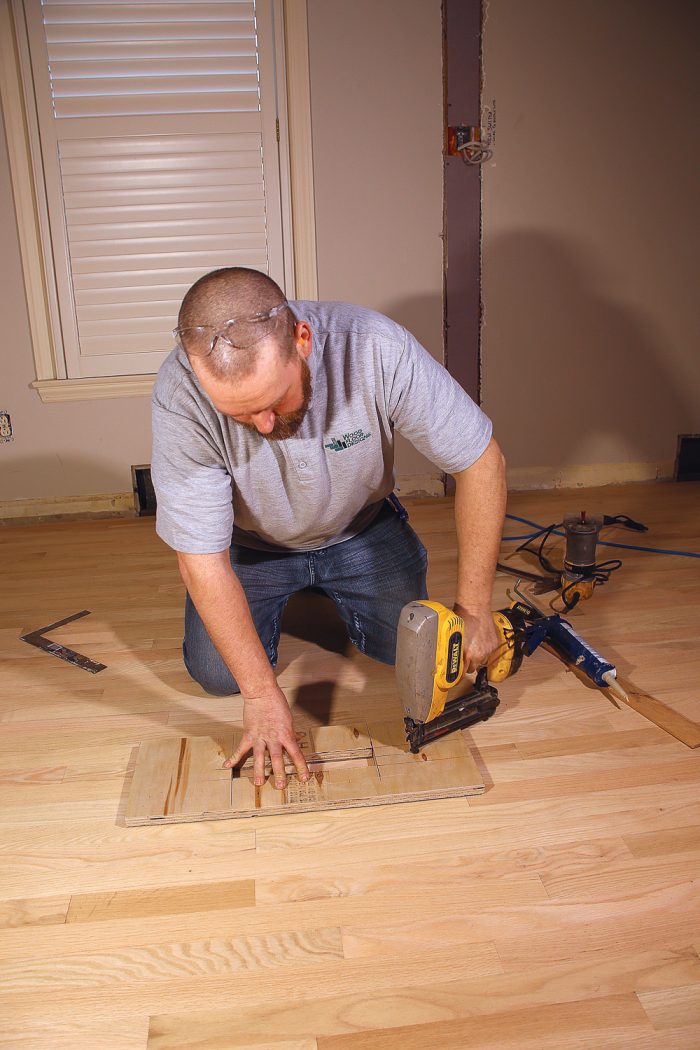
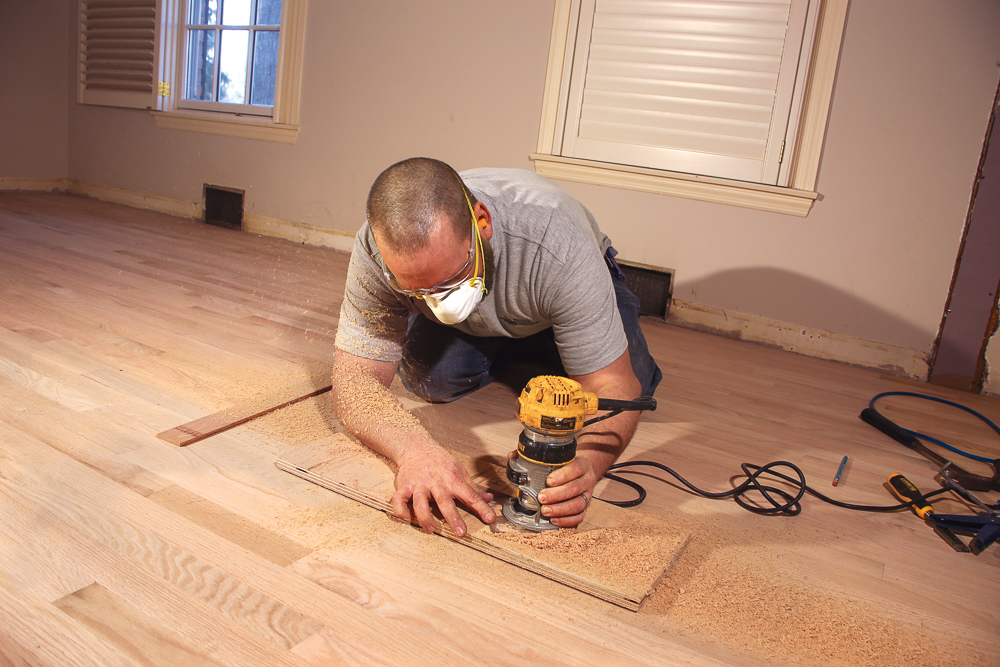
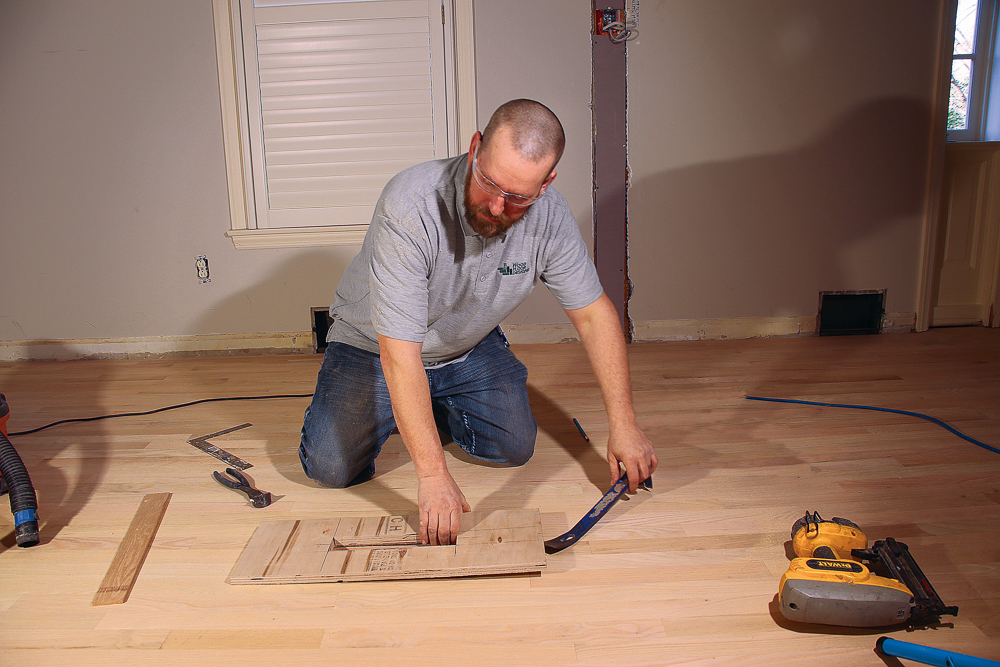
Photos by Patrick McCombe.
From Fine Homebuilding #286
To view the entire article, please click the View PDF button below.
More about hardwood flooring:
Refinish Your Wood Floors – Uncover the beauty in old hardwood flooring with a little patience and some great professional advice.
Mesquite Hardwood Floor Install – Tips & tricks from a wood geek.












